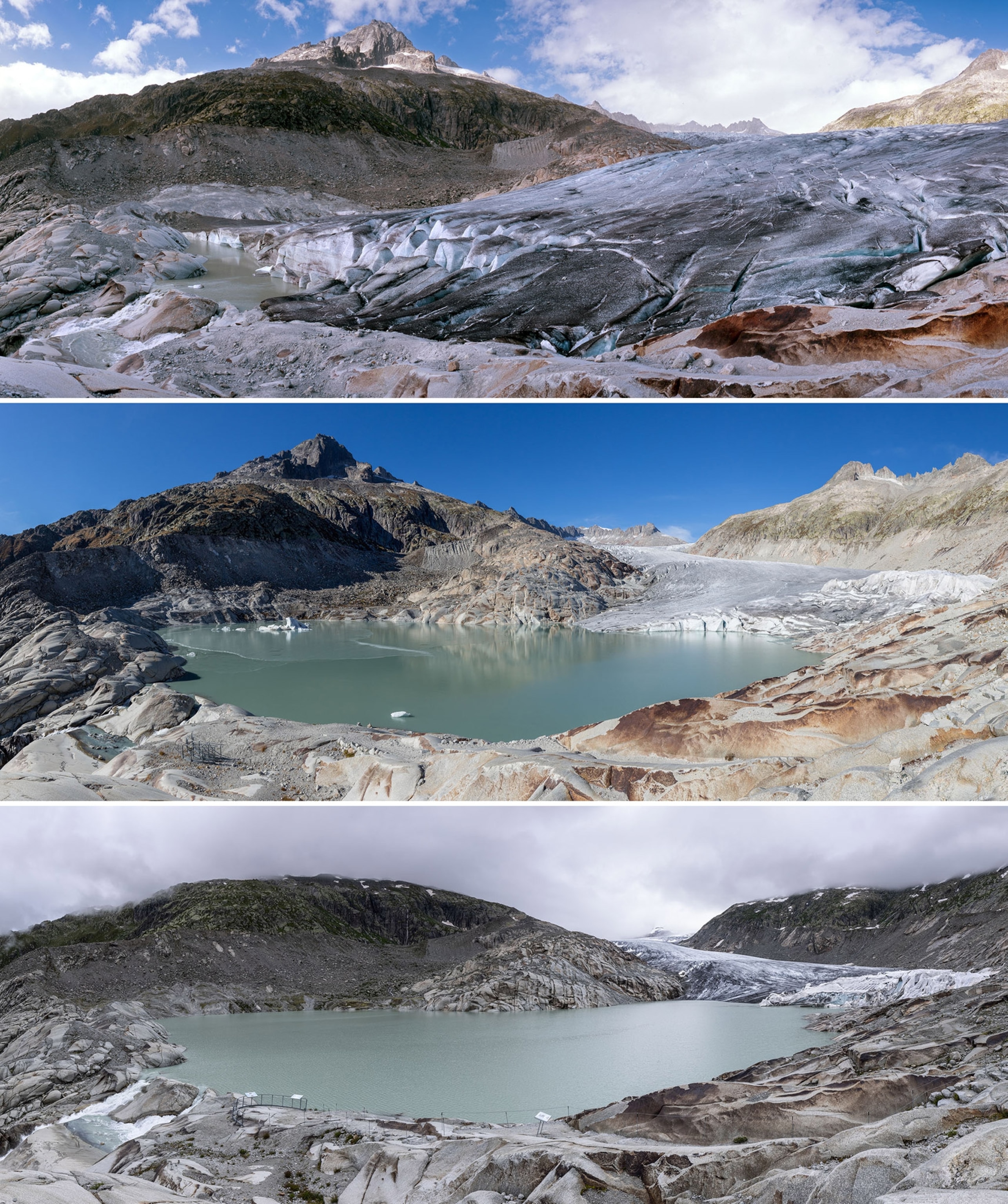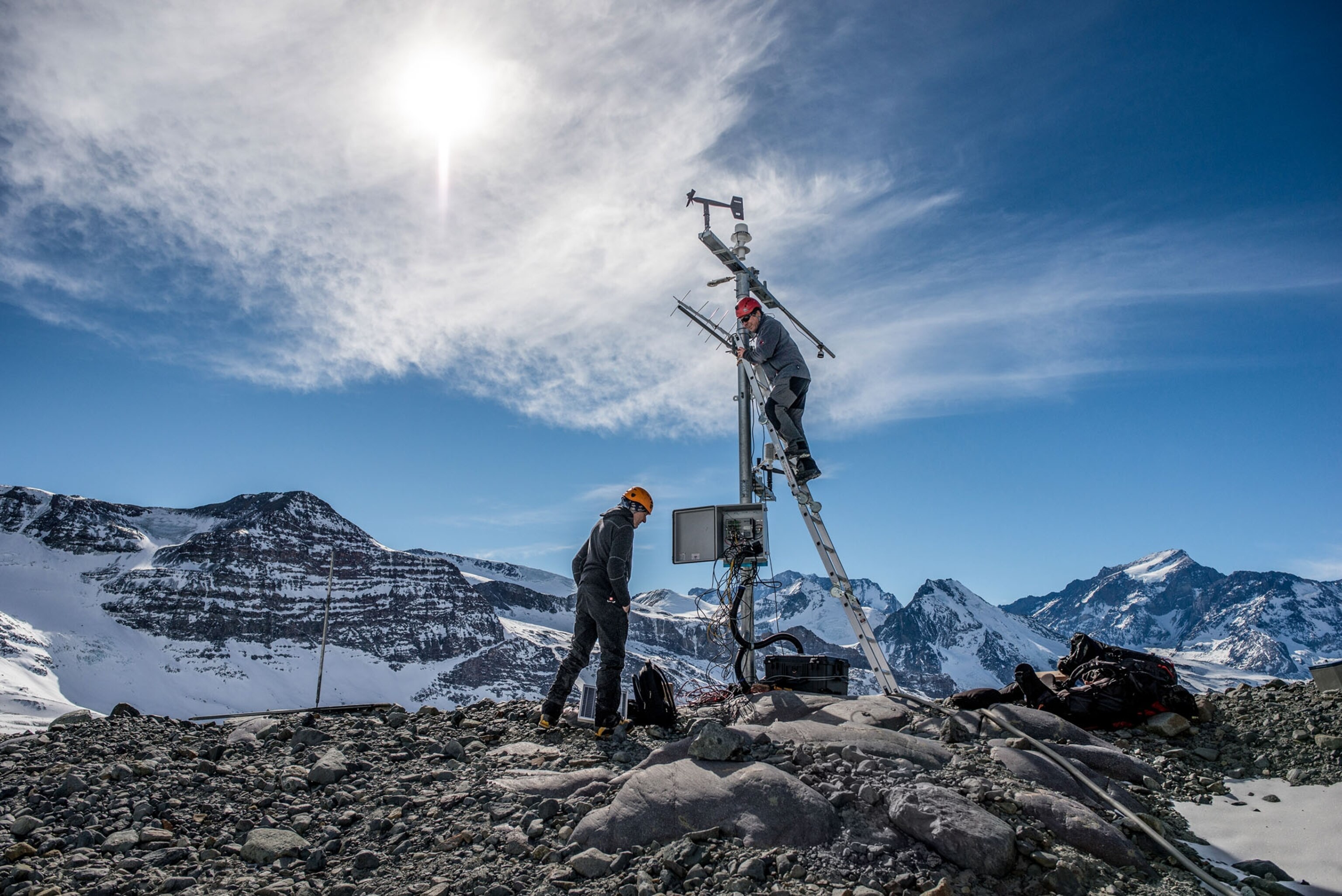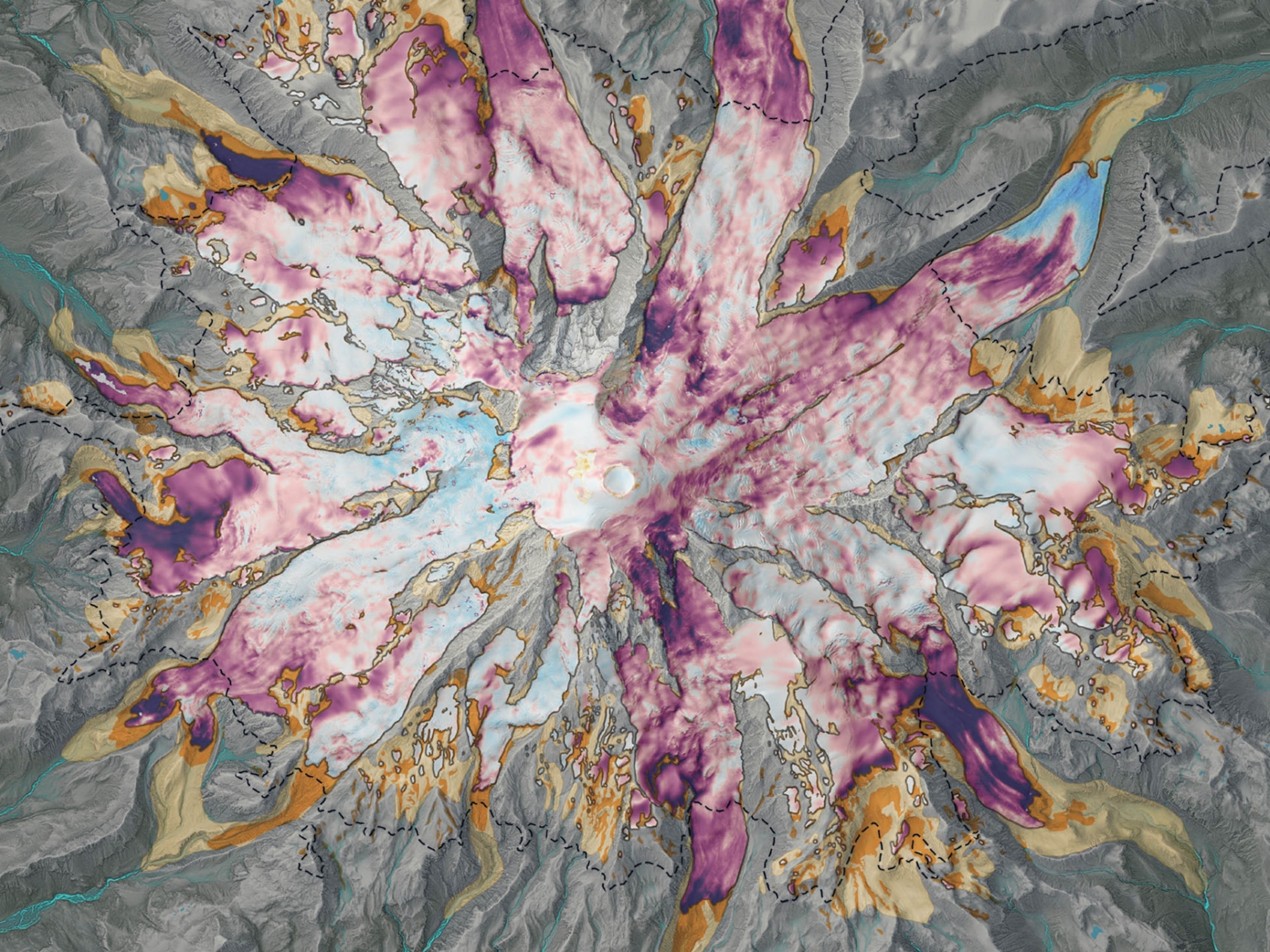
The staggering scale of glacier melt demands swift climate action
The survival of these iconic ice forms—and their contribution to rising seas—will depend on how quickly we stop using fossil fuels.
Bob McNabb is one of the keepers of a number that even he can’t fully comprehend: 267 billion metric tons of water. To explain a quantity of this size, the Ulster University glaciologist must use analogies.
Depending on how you look at it, 267 billion metric tons of water is roughly half the volume of Lake Erie. Or six months of discharge from the Mississippi River. Or all the water in a 10-foot-deep swimming pool that’s the size of Ireland. “It’s really hard to grok,” McNabb tells me.
If we could imagine all that water—a pool as big as Ireland—could we also imagine that much ice melting every year for the past two decades?
Ultimately the enormous number that McNabb helped derive is a speed: the speed at which Earth’s more than 200,000 glaciers are being undone.
From 2000 to 2019, glaciers other than the Greenland and Antarctic ice sheets lost an average of 267 billion metric tons of water each year, give or take 16 billion metric tons, according to research McNabb co-authored in the journal Nature. Melting accelerated over that span, from 227 billion metric tons a year in the early 2000s to 292 billion metric tons a year from 2015 to 2018.
It’s one thing to try to reckon with the speed of this loss, and another to understand what is being lost. Glaciers flow across more than a quarter million square miles of our planet, fed by highland catchments of snow that pressure and time turn into rivers of ice. In parts of the world, such as the Andes and high-mountain Asia, glacial melt provides a critical freshwater source. Other regions, such as the European Alps, rely on the ice forms as tourist attractions and mountaineering hot spots.
Glaciers’ frozen tongues also help articulate our shared sense of place. To the Maori, New Zealand’s Franz Josef Glacier is Kā Roimata o Hine Hukatere, the fallen tears of a snow maiden mourning the death of her human lover. In Iceland, records going back centuries recount glacial advances that swallowed up farmland and even knocked a church flat. More than anything, glaciers are “part of the landscape humans have evolved with,” says glaciologist Bethan Davies of Royal Holloway, University of London. “To lose them is to lose something critically important to people’s well-being.”

In the losses they sustain, glaciers take on even more importance. Eventually glacial melt bleeds into the oceans. There it has added more than half an inch to observed sea-level rise since 2000—more than Greenland’s contribution to rising seas over that same span and over double Antarctica’s.
That we can quantify this vast global melting is a testament to huge scientific advances. Since the early 2000s satellite data have become more plentiful and easily accessible, which has let glaciologists build digital elevation models for even the world’s hardest-to-reach glaciers and monitor their volume. Today’s computers process enormous sums of data and can simulate glaciers’ advances and recessions with high fidelity. When combined with observations collected at glaciers since the 1800s, these methods provide a clear view of our reeling cryosphere.
But solely focusing on the global picture diminishes just how dramatic local changes have been. Nepal’s deepest lake, fed by glacial melt, started forming by the mid-1960s. In a study published last year, Davies found that as a percent of its current area, Patagonia’s ice is now receding faster than it has in 11,000 years.
We’ve also gained painful clarity on who is to blame. In April one study estimated that our greenhouse gases have caused practically all glacial loss since 1850, and possibly more than 100 percent because some glaciers might have grown without human meddling. Glaciologist Lauren Vargo of New Zealand’s Victoria University of Wellington has found that our loading of the climatic dice made recent losses to that nation’s Brewster and Rolleston Glaciers about 10 times likelier than they would have been otherwise.
Today’s swift changes to the world’s glaciers can’t be undone all at once. Individual glaciers’ response times to rising temperatures vary, but the global signal is clear: Glacial melt hasn’t caught up yet with the warming that our emissions to date have locked in. Even if we were to quit burning fossil fuels today, glaciers would shed mass for several more decades before stabilizing.
That said, glaciers’ fate from the middle of the century onward will hinge on how quickly we decarbonize here and now. In May a team led by King’s College London climate scientist Tamsin Edwards announced that under governments’ emissions policies and pledges at the time, before this month’s COP26 conference, warming through 2100 would cause glaciers to add another five inches of sea-level rise. If we moved with greater urgency and capped warming at 1.5 degrees Celsius—the Paris Agreement’s goal—losses would be halved.
“We’re on track to have substantial losses from global glaciers at the moment—but it’s not too late,” Davies tells me. “We know what we have to do to get there: We need political will.”
Michael Greshko is a staff science writer.
This story appears in the December 2021 issue of National Geographic magazine.





